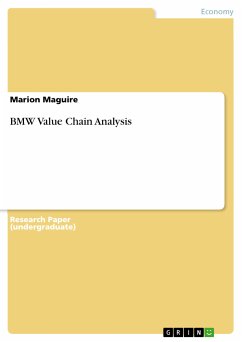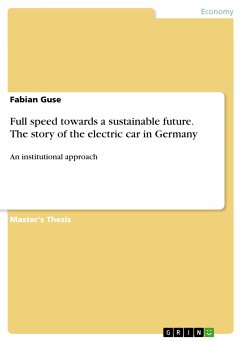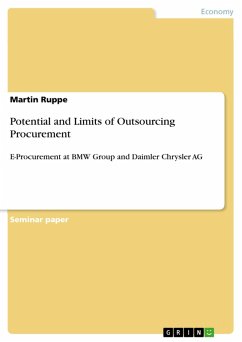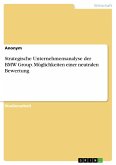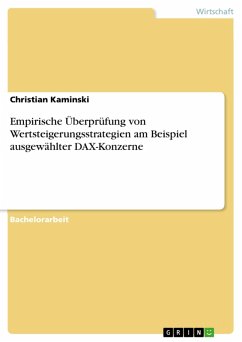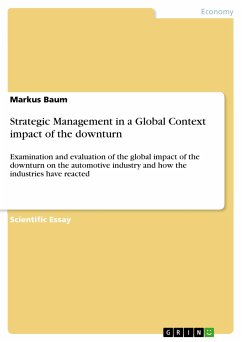Research Paper (undergraduate) from the year 2004 in the subject Business economics - General, grade: A-, Hawai'i Pacific University, course: MBA IT class, language: English, abstract: This paper will analyze how the German car manufacturer BMW derives value from information systems as well as identify the value chain activities that are affected by the identified information systems. Following analysis will be limited to the information systems that provide the greatest value to BMW in form of gaining or maintaining a competitive advantage. BMW, which stands for Bayerische Motoren Werke, is a luxury car manufacturer. The headquarters of the BMW group is in Munich, Germany, but the company is present all over the world (BMW Group, 2004). The company built high brand equity over the years through continuous branding efforts and high quality products (Interbrand, 2001). BMW is arguably the most admired carmaker in the world and BMW products inspire near-fanatical loyalty (Kiley, 2004). Michael E. Porter developed the value chain concept in 1985. Porter's value chain provides a systematic means of categorizing activities. At each stage of the value chain there exists an opportunity to contribute positively to the firm's competitive strategy by performing some activity or process in a way that is better than the competitors, and so providing some uniqueness or advantage (Porter, 1985). Value activities can be divided into two broad types, primary activities and support activities (Porter, 1985). There are five generic categories of primary activities involved in competing in any industry: (a) Inbound Logistics, (b) Operations, (c) Outbound logistics, (d) Marketing and Sales, and (e) Services (Porter, 1985). Support activities support the primary activities and can be divided in four generic categories: (a) Procurement, (b) Technology Development, (c) Human Resource Management and (d) Firm Infrastructure (Porter, 1985).
Dieser Download kann aus rechtlichen Gründen nur mit Rechnungsadresse in A, B, BG, CY, CZ, D, DK, EW, E, FIN, F, GR, HR, H, IRL, I, LT, L, LR, M, NL, PL, P, R, S, SLO, SK ausgeliefert werden.

